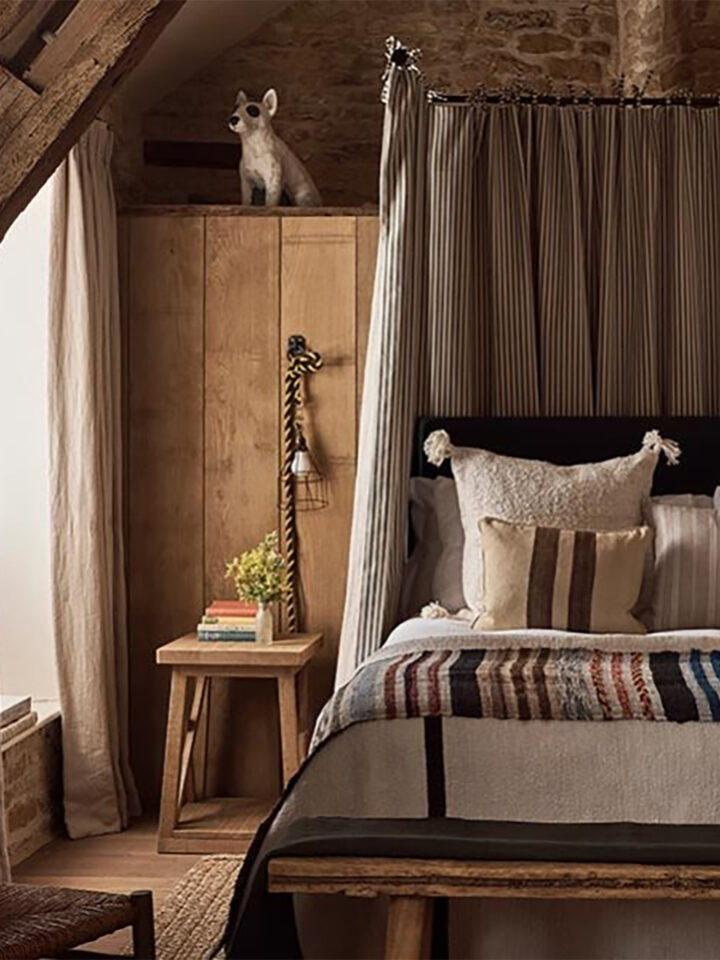It’s a bit of a misconception that selling luxury goods online is the domain of well-known brands with oodles of trust and a proven customer service record. Now that online shopping is ubiquitous and users are more trusting of a smooth shopping experience, you don’t have to have a million-pound marketing budget or even a high-street presence to sell high-end items, as long as you do it right. Let’s take a look at some of the factors small businesses can use to attract high spenders and secure large purchases through their site.
Luxury is all about aspiration
One of the main selling hooks of luxury retail is aspiration, and this applies no matter what you’re selling. If you can target what someone aspires to be, and make them feel they can achieve it with your product, you’re halfway to making a sale. If you’re not sure what I mean, let’s take a look at some examples:
- Designer clothing retailer – your customer aspires to look good, to feel handsome/sexy.
- High end technology retailer – your customer aspires to work smarter, to have the best sound or picture quality, to have the most seamless home tech experience
- Designer children’s goods retailer – your customer aspires to have beautiful, happy children, to have an ideal parenthood
- Organic food retailer – your customer aspires to be eco-friendly and healthy, helping the planet and feeling better too
In order for someone to pay a premium, they need to feel they’re getting the best product that will have the most positive effect on their life/looks/health/etc. Your website should convince consumers they will achieve that outcome if they buy into your brand. So how do you achieve this?
Make your imagery aspirational
A big trend in eCommerce right now is to have a banner-dominated homepage, with a large featured image and a product carousel or offer boxes below. This banner is the first thing people see when they land on your site, and it needs to sell your products in an instant. You’ve got about 50 milliseconds to make a good impression on a new visitor to your site – that’s about the time it takes to blink.
It goes without saying that you need a custom, high quality image. This can be a photograph taken by yourself, your photographer, or created by a friendly designer; no stock imagery please. Think about those aspirations that your customer has, and how your product fulfils them – how can you convey this through your imagery?
Example:
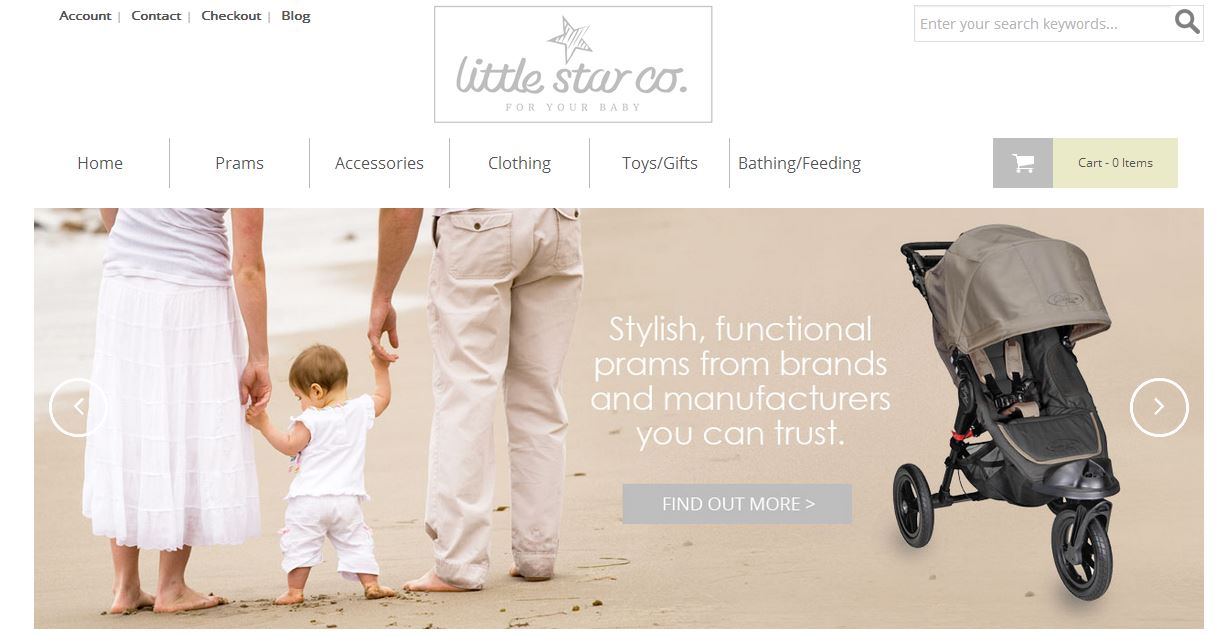
Parenting isn’t always easy, but Little Star Co lets you feel that it can be with lifestyle-focussed imagery. Your kids may find every mud puddle in real life, but the main banners let you imagine sunny days out with happy, cherubic tots. Little Star Co’s products are aimed at making parenting easier, more stylish and fun, and their website makes lets you see at a glance how you can live a better family life.
Once you’ve got aspiration covered, it’s time to make your products stand out from the crowd.
Show your products off
Your customers may not need to see your goods in person, but they need to know exactly what they’re buying to part with their cash. If you sell the same products as someone else, try to avoid manufacturer photos or use them alongside your own extra images. If you sell unique goods then invest some time or money in having professional photos done – nothing turns a consumer off quicker than a bad product photo.
If you can, think about creating product videos to explain features or show the difference between product variations. ASOS pioneered catwalk videos to show how their clothing fits, and Appliances Online do a great job with their white goods videos.
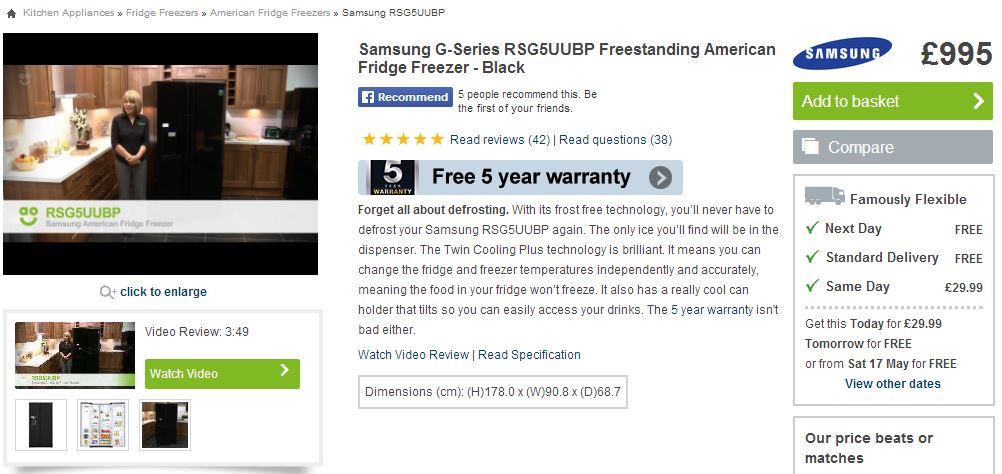
(Who watches videos about fridges, you ask. Well, if you’re in the market for a new £1000 fridge you’d watch them too!)
Don’t forget the detail
If your products are heavy on specification, make sure you’ve included everything that someone might need to know. You may sell the same high-end widget as everyone else, but if your widget says “compatible with X, Y, Z” and no one else has bothered to include this information, you’ll get the sale.
For intricate and expensive items, have close-ups of key features so buyers can see the quality and craftsmanship of the product.
Example:
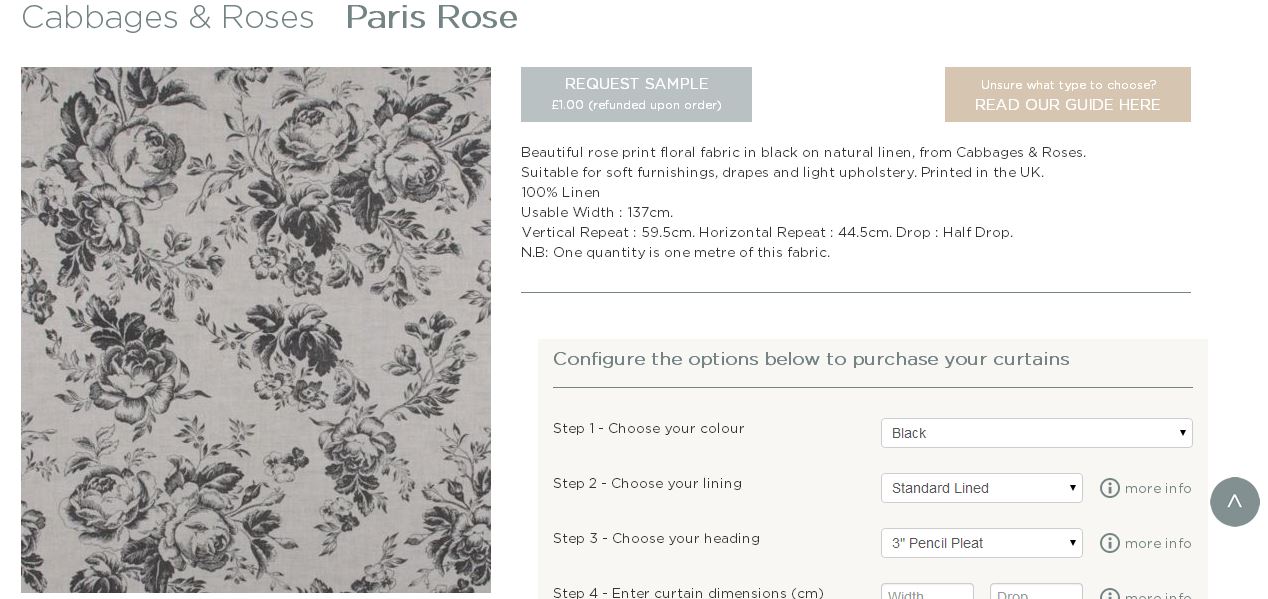
Bucking the trend of many curtain and blind retailers who show standard “dressed window” shots, Fabric & Co focussed instead on large fabric swatches. This lets visitors see the beautiful fabric in detail, and they can order a sample for just £1 to see the quality in person.
Tell a story
You’ve already started to get emotional buy-in from your customers with aspirational imagery, and you can draw them in further by telling your story.
- Does your company have a long and colourful history?
- Do your products have heritage?
- Do you help the environment?
- Are you organic or local?
Brands like Jack Daniels, John Lewis and Innocent (to name just a few) do this well, and you can use the same strategy for your small business. If you’ve been trading 10 years, say so on your website. If your company has a story to tell, you can make a personal connection by telling it.
Foster heritage and exclusivity
A really great hook for high-end items is their exclusive nature, so if you sell one-offs you’ve already found your USP. Maybe you offer experience days with a limited number of places – that means customers get to attend something secret, something hardly anyone else gets to do.
Maybe your products are unique – tell their history, make sure customers know that no-one else will have one.
Example:
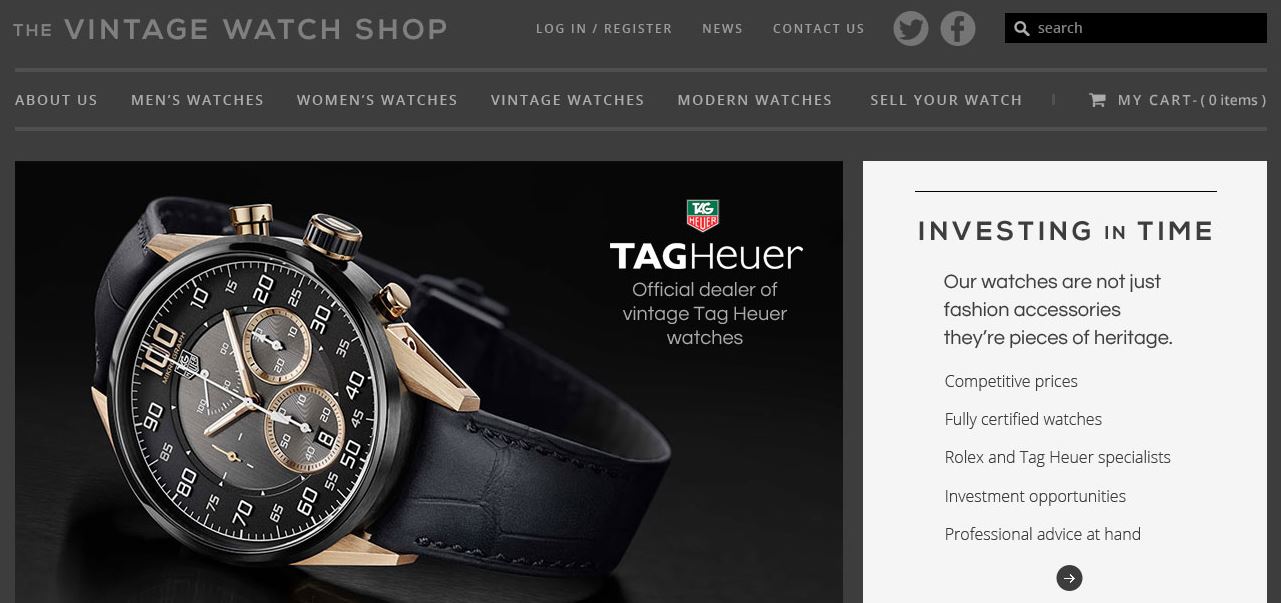
The Vintage Watch Shop is (as the name suggests) a vintage watch retailer, and each watch comes with its own unique heritage. You’re not only buying a product that looks great, you’re buying a piece of history and adding your own to it.
Make your customer service count
Thanks to online reviews your customers are just a click away from finding out something good, or something bad, about your brand. It’s never been more important to provide excellent customer service, both to ensure you have good reviews online and because word of mouth is still an excellent way to get new customers. So what can you do throughout the buying cycle?
- Have customer service reps on hand, either by phone, email or live chat. Reply to customer enquiries promptly and helpfully
- Offer a fast postage option, a free postage option, and try to make delivery as convenient as possible for your customer
- Make your checkout process quick and easy
- Make sure your packaging is sturdy, or pretty, or memorable
- Add a personal touch to your orders, maybe a thank you note or a (tasteful) promotional flyer
Example:
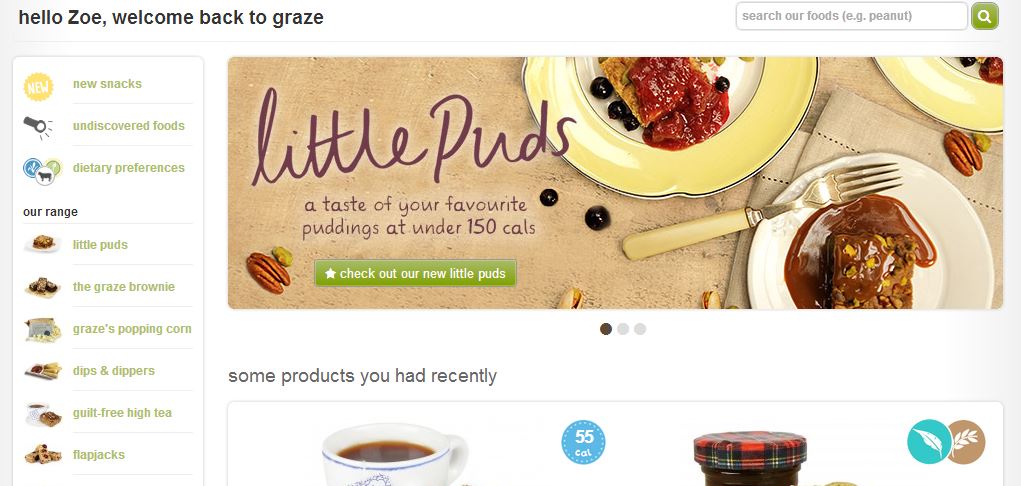
In Conclusion
Small businesses can sell luxury online, as long as your website presents you in the right way. If you look at it one way, with smaller product runs, a unique story and the ability to give a personalised service you’re actually more exclusive than bigger brands anyway. We’ve picked out just a few examples of retailers getting it right, so take a leaf out of their book and think about how your website and products can make people aspire to a luxury lifestyle.
